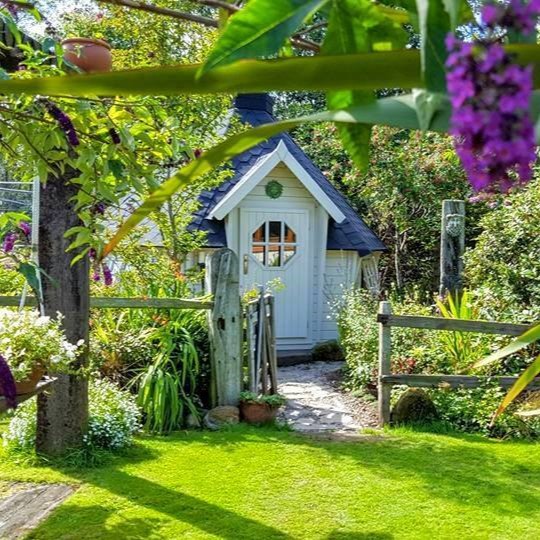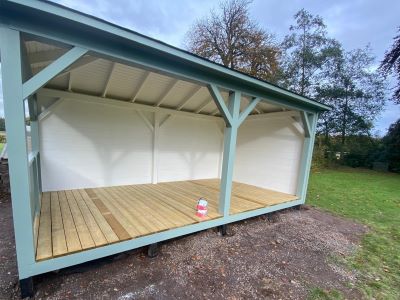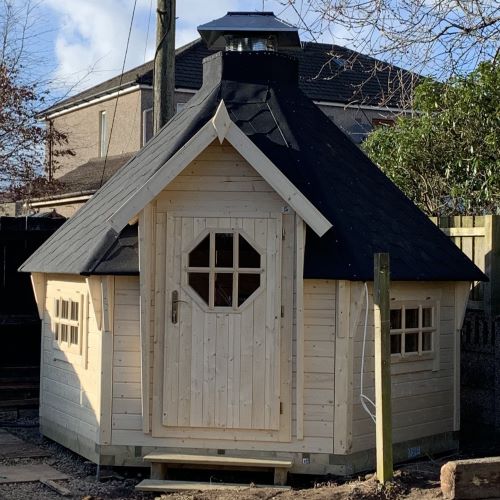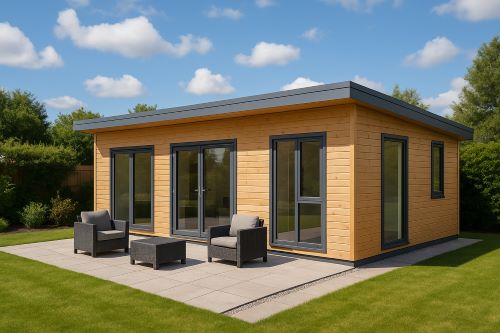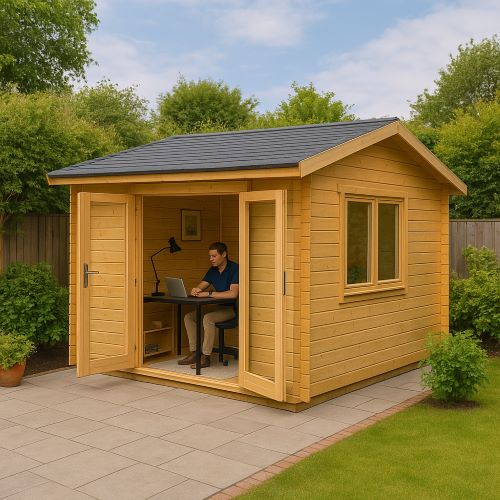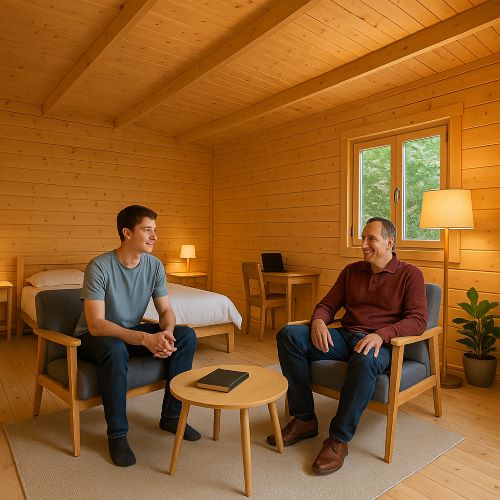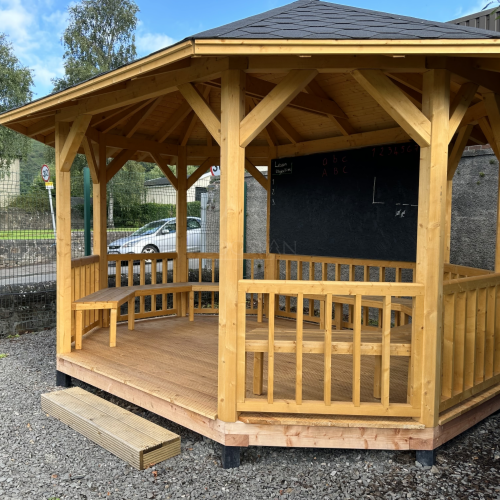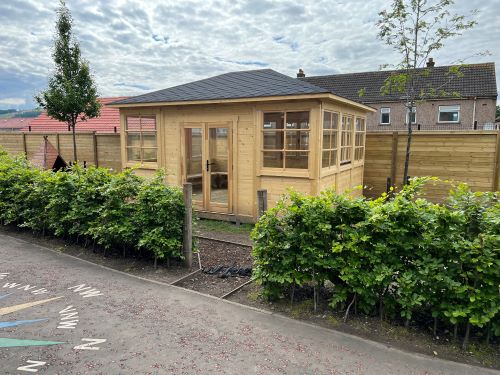Log cabins are iconic. Intrinsically linked to nature and outdoor living, their distinctive, rugged design is recognised the world over.
For many, log cabins represent the ideals of simplicity and independence. Others see them as a symbol of sustainability.
You may recognise log cabins, but how familiar are you with them? This article contains nine frequently asked questions (FAQ) about the heavy timber lodgings:
What are log cabins made of?
Log cabins are built from stacked horizontal logs. The logs themselves can come in many forms; from full round logs to milled logs, hand-hewn logs and half logs.
The logs used could be pine, hemlock, spruce or another type of conifer wood. Being durable enough for weather exposure is the key characteristic. Chinking material, such as cement or oakum plaster, is often used between stacked logs to seal out drafts.
How are log cabins made?
The foundation of log cabins is commonly stone or concrete. The wall logs are stacked horizontally to form the walls, and are interlocked at the corners. Also required are floor joists, decking, flooring and roof rafters, which can all be made from wood. Drywall and panelling can be used to finish interiors.
Can rain damage log cabins?
Although wet rot can happen when moisture is present in timber over long periods, the timber used for log cabins has been pressure-treated.
Pressure treatment forces fire retardants and preservatives into the wood, which extends the life of the timber and protects it against wood rot that can be caused by fungal decay.
Also, the timber is raised above the ground, which means it has less chance of getting damp over a long period. The breathability of timber walls is another factor. As timber walls are permeable and allow moisture to pass through, this helps to reduce moisture build-up.
So long as a log cabin has been constructed with a suitable base, the cabin itself is unlikely to be damaged by rain.
Can you build a basement under a log cabin?
Yes, you can build a basement under a log cabin.
Some of the more elaborate log cabins in America feature basements. Log cabins built on slopes are more conducive to the incorporation of a daylight basement - also known as a walk-out basement - which is partially underground and has an external door.
Is it hard to maintain a log cabin?
So long as maintenance and inspections are scheduled periodically, the upkeep of log cabins is not difficult.
The periodical maintenance of a log cabin is absolutely essential. Both exterior and interior walls require maintenance, including applying sealants, staining, power washing and re-chinking gaps.
Inspections should be scheduled at least every year and should include the walls, foundations and roof, as well as checks for insect nests. Rain gutters must be cleared on a regular basis.
Log cabins made from log sidings (milled logs with a rounded surface on one side and a flat surface on the other) are typically easier to maintain than structures made from conventional round logs.
Do log cabins increase in value like houses?
Yes, you can expect the market value of a log cabin to increase in the same way as a house, provided it is well-maintained.
Log cabins in areas where there is a scarcity of similar accommodations may fetch a higher price than the market value.
How energy efficient are log cabins?
The thick wood walls of a log cabin can be energy efficient, providing good insulation from heat and cold weather.
Today, there are plenty of ways to optimise log cabins for energy efficiency, including; solar panels, roof overhangs to shield windows and walls from the sun and snow or rain; double or triple-glazed windows; rainwater collection; and composting of food waste.
Can you build a log cabin without professional help?
If you are a skilled and motivated DIY-er, there is no reason why you can’t build a basic log cabin. However, the research, training and hard work it would require for a first-timer means that hiring an experienced long cabin builder can be the most sensible option.
Anything more than a simple design will require specialised experience, equipment and construction skills.
Can log cabins be expanded?
Adding a second floor or loft is the typical way to expand a log cabin. This can only be done if the extension can be supported by the original floor plan and foundation. If you are designing a log cabin, it is sensible to plan ahead and give yourself the option for a future expansion.
These are nine FAQs we hope will satisfy your curiosity and answer some log cabin queries you may have had.
At Logspan, we are committed to designing and building the very best log cabins for the UK. For more information on how we construct our log cabins, BBQ huts and glamping pods, reach out now.



